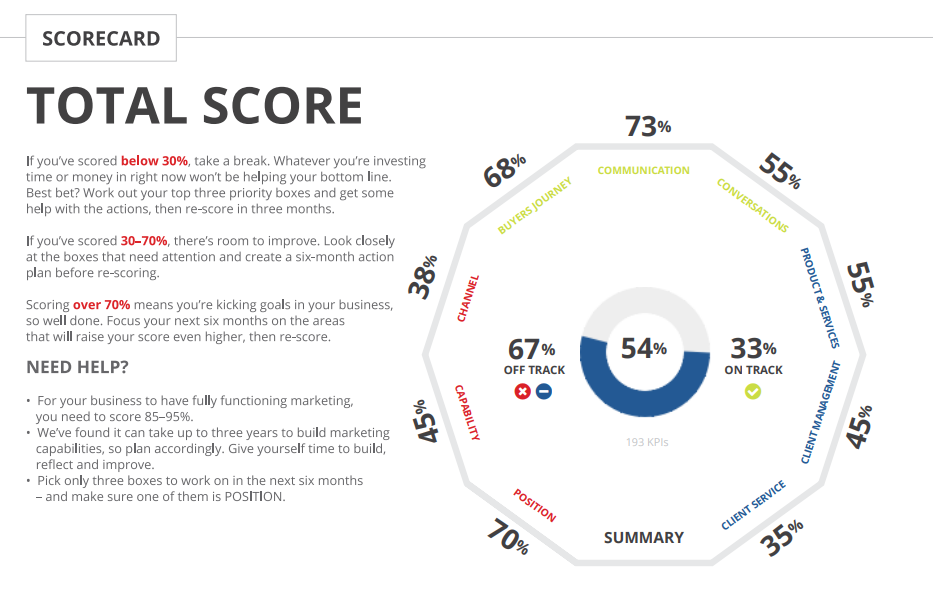As a service professional you are probably already clear on what your niche is,
i.e. you know who those people are who want and need your services, but are you providing the solution to their problems in the way that they want?
If your products, programs, and/or services are not selling as well as you thought they would it could be there’s a mismatch between what your market wants and what you’re providing them with. In other words, are you providing the solutions based on what YOU think the problems are rather than what your target market wants? And how do you find out?
The answer is simple… market research!
When you think ‘market research’ it conjures up all sorts of images of telephone surveys, sending out questionnaires, and standing in the street accosting people to ask them questions (yes – I used to do this type of market research too ), and as a business owner it is crucial that you do your own ‘market research’ to find out what makes your target market tick, what keeps them awake at night, and what they’re really struggling with.
This process needs to be done on a continual basis – never stop asking your target market what they want – so that you can constantly provide the solutions to their problems.
Today, I’d like to share with you three simple strategies for conducting your own market research (that doesn’t involve standing around in the street!), and how you can put these strategies onto autopilot so that you’re constantly gathering information from your market. All of these have worked very well over the past few years!
- Ask via your sign-up page. When someone signs up to your list, don’t just get their name and email address, ask them what their biggest challenge is too. A specific question that asks: What is YOUR biggest business headache? Feel free to adapt this question for your own needs, i.e. what is your biggest [fill in the blank] when it comes to [fill in the blank].
- Follow-up with an auto responder. Once someone has signed up to your list, create an auto responder that goes out a few days later and asks the same question again. Very often people may not have answered the question when they signed up to your list, and sending them an email a few days later will elicit a reply from them.
- Create an annual or semi annual survey. At least once a year it’s a good idea to survey your readers and ask them several more in-depth questions. You’ll want to find out what their biggest problems are, what it is they want to learn more about, plus how they want to learn, or how they want their problem solved. For example, you might find your readers prefer home study courses to teleclasses, or would like more interactive programs from you. Putting together a survey is really simple, especially if you use a service such as Survey Monkey. They do the analysis for you, so you get really valuable data.
However, for the data you get through steps 1 and 2 above, analysis isn’t as automatic. Simply gather together all of your data and go through it periodically (at least twice a year) to see what your reader’s problems are. You don’t even need to be a statistician to figure it all out. Just print off all the responses and read through them, noting any common themes as you go along.
By combining all of this data, and implementing your market research strategy so that it runs on autopilot, you can then use this information to put your products and services together so that you’re providing solutions to your target market’s problems in the way that they want and need.
Remember, you are providing your market with what they want and need, not what you think they want and need.


